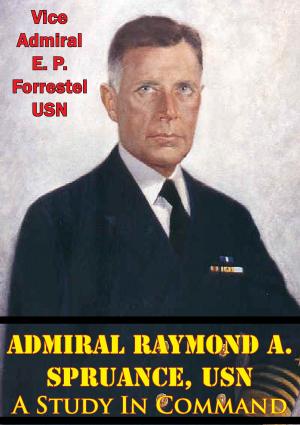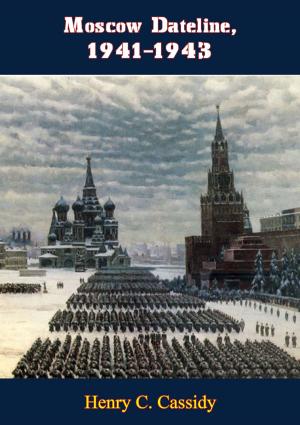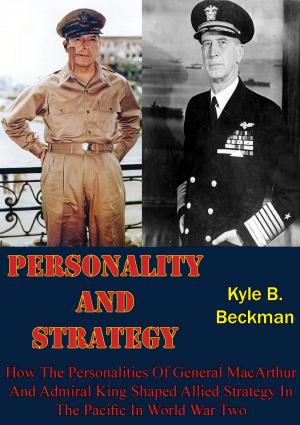Askaris, Asymmetry, And Small Wars: Operational Art And The German East African Campaign, 1914-1918
Nonfiction, History, Military, World War I, Germany, British| Author: | Major Kenneth P. Adgie | ISBN: | 9781782895176 |
| Publisher: | Verdun Press | Publication: | August 15, 2014 |
| Imprint: | Verdun Press | Language: | English |
| Author: | Major Kenneth P. Adgie |
| ISBN: | 9781782895176 |
| Publisher: | Verdun Press |
| Publication: | August 15, 2014 |
| Imprint: | Verdun Press |
| Language: | English |
This monograph analyzed whether Lieutenant Colonel Paul von Lettow-Vorbeck used operational art to defeat British forces in the East African campaign of World War I. British forces were superior in quantity of men and equipment, but slow moving and heavily dependent on secure lines of communication. Lettow-Vorbeck’s forces maintained an asymmetric advantage in mobility, knowledge of terrain, and responsive logistics. An analogy was suggested that the U.S. Army in the twenty-first century is similar to British forces in 1914, and the nation’s future adversaries could potentially use Lettow-Vorbeck’s unconventional warfare and asymmetric tactics woven together in a comprehensive campaign plan.
This monograph reviewed the origins and characteristics of operational art. The Army’s emerging doctrine, Student Text 3-0, Operations defines operational art as the “use of military force to achieve strategic goals through the design, organization, integration, and conduct of theater strategic, campaigns, major operations, and battles” and serves as the entry point for discussion. A synthesis of Shimon Naveh and James Schneider’s theories revealed five primary characteristics of operational art and was used as the criteria to evaluate the research question. The five characteristics were: operational objectives, operational maneuver, disruption, operational approach, and operational logistics. The East African campaign was analyzed from the perspective of Lettow-Vorbeck linking his strategic aim of forcing the British to commit forces to a secondary theater of operations to his limited resources. The four-year campaign was divided into three phases based on Lettow-Vorbeck’s operational objectives and the correlation of forces. Significant tactical vignettes were examined as part of an overarching campaign plan. Finally, this monograph considered how the U.S. Army would fight an asymmetric enemy in a similar environment.
This monograph analyzed whether Lieutenant Colonel Paul von Lettow-Vorbeck used operational art to defeat British forces in the East African campaign of World War I. British forces were superior in quantity of men and equipment, but slow moving and heavily dependent on secure lines of communication. Lettow-Vorbeck’s forces maintained an asymmetric advantage in mobility, knowledge of terrain, and responsive logistics. An analogy was suggested that the U.S. Army in the twenty-first century is similar to British forces in 1914, and the nation’s future adversaries could potentially use Lettow-Vorbeck’s unconventional warfare and asymmetric tactics woven together in a comprehensive campaign plan.
This monograph reviewed the origins and characteristics of operational art. The Army’s emerging doctrine, Student Text 3-0, Operations defines operational art as the “use of military force to achieve strategic goals through the design, organization, integration, and conduct of theater strategic, campaigns, major operations, and battles” and serves as the entry point for discussion. A synthesis of Shimon Naveh and James Schneider’s theories revealed five primary characteristics of operational art and was used as the criteria to evaluate the research question. The five characteristics were: operational objectives, operational maneuver, disruption, operational approach, and operational logistics. The East African campaign was analyzed from the perspective of Lettow-Vorbeck linking his strategic aim of forcing the British to commit forces to a secondary theater of operations to his limited resources. The four-year campaign was divided into three phases based on Lettow-Vorbeck’s operational objectives and the correlation of forces. Significant tactical vignettes were examined as part of an overarching campaign plan. Finally, this monograph considered how the U.S. Army would fight an asymmetric enemy in a similar environment.
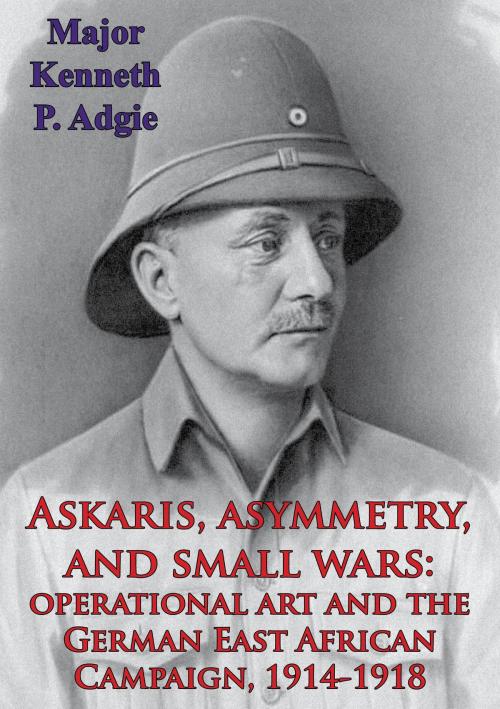
![Cover of the book Angels Of Armageddon: The Royal Air Force In The Battle Of Megiddo [Illustrated Edition] by Major Kenneth P. Adgie](https://www.kuoky.com/images/2014/august/300x300/9781782894414-HKrg_300x.jpg)

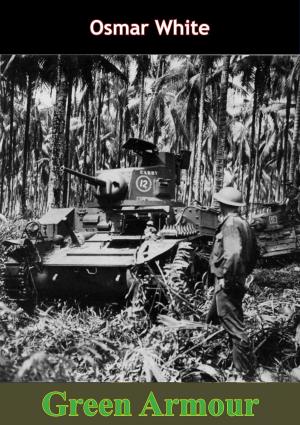
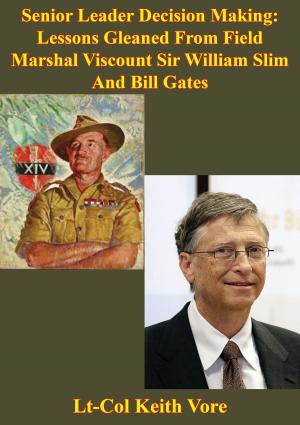
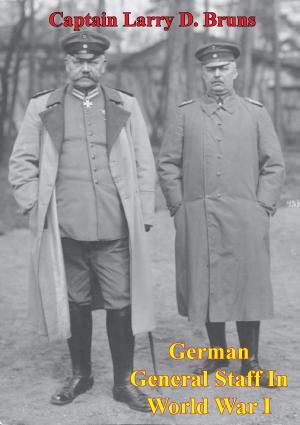

![Cover of the book Panzer Leader [Illustrated Edition] by Major Kenneth P. Adgie](https://www.kuoky.com/images/2015/november/300x300/9781782893028-AAEW_300x.jpg)



